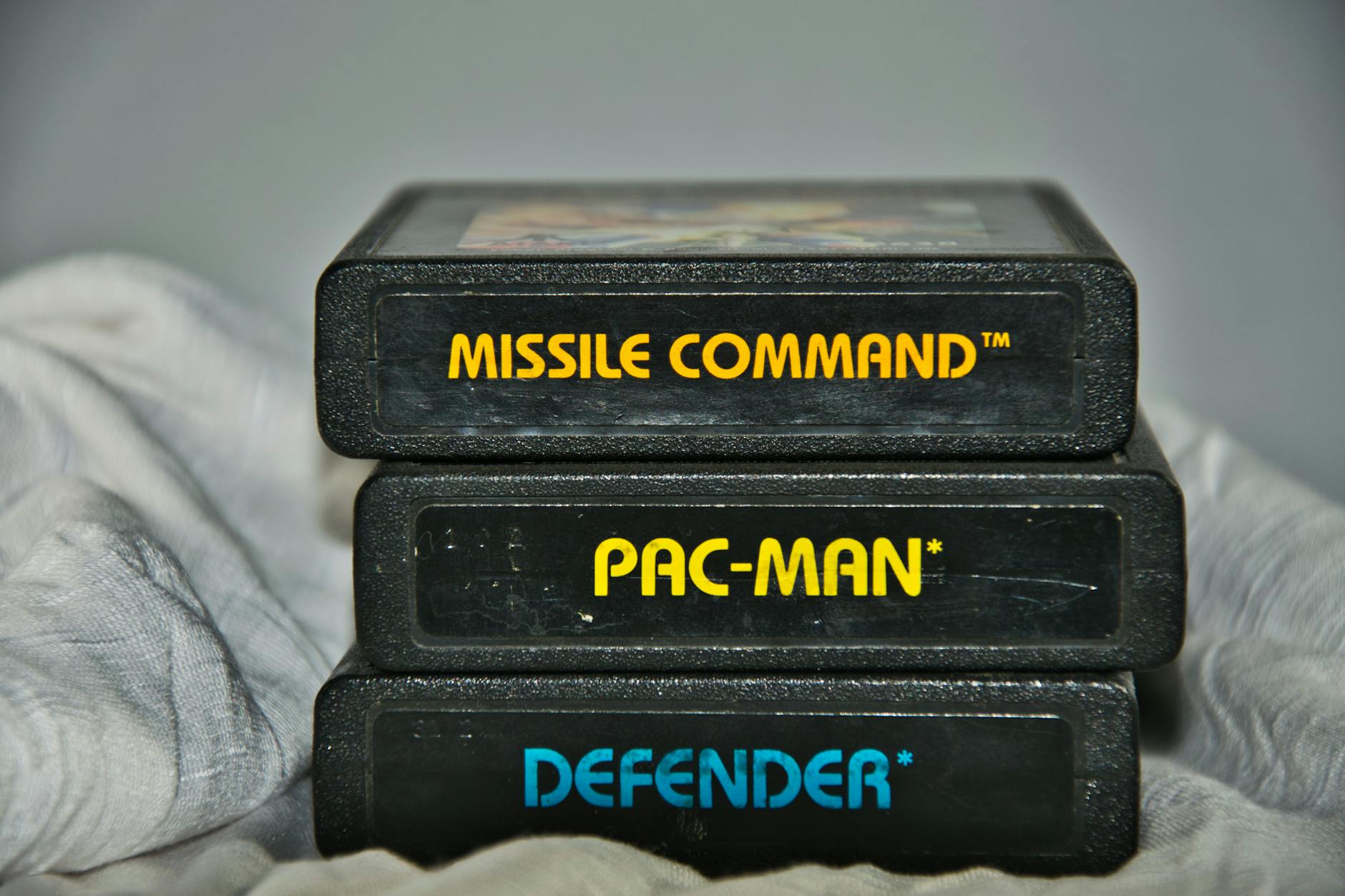Harnessing AI in Third World Countries
The Role of AI in Third World Countries
AI’s got some mad skills when it comes to shaking things up in third world countries—it’s not just about flashing shiny gadgets but making a real difference in everyday life. This piece unpicks how AI can help put food on the table and keep our planet’s wild side, well, wild!
Enhancing Agricultural Practices
Picture this: a farmer with AI-powered goggles getting a sneak peek into what their crops need—faster than you can say “tractor ride!” AI’s giving farmers the lowdown on watering, feeding, or fighting off bugs and nasties. That means less guesswork, more dough in their pockets, and healthier fields without drenching everything in chemicals.
Applications of AI in Agriculture:
- Crop Monitoring: Imagine AI as your plant’s personal doc, spotting bad bugs and plant plagues like apple black rot. It’s like having a garden guardian on duty 24/7.
- Soil Health Analysis: With AI in the soil, farmers can predict the weather, assess dirt health, and know what concoctions their plants crave.
- Predictive Analytics: AI acts like the crystal ball of farming, forecasting what future yields are gonna look like with spot-on accuracy. It helps farmers lay the groundwork for a bumper crop.
| Application | Example | Accuracy |
|---|---|---|
| Crop Disease Detection | Apple Black Rot | 90% |
| Insect Identification | Flies, Bees, Moths | 90% |
| Yield Prediction | Specific Crops | High |
Biodiversity Analytics
Over in the wild front, AI’s like that eco-warrior friend who’s always on the lookout. Biodiversity analytics is AI stepping in to safeguard our natural world, keeping tabs on species and all things wild so nature can keep doing its thing.
Key Techniques in Biodiversity Analytics:
- Remote Sensing: Those eyes in the sky—satellites—team up with AI to keep a weather eye on Mother Nature’s mood swings.
- Species Identification: Think of AI as a digital David Attenborough, identifying what’s what in the animal and plant kingdom, all without the safari hat.
- Predictive Modelling: With AI’s help, we’re figuring out how climate tweaks, human footprints, and natural events tug at the strings of biodiversity.
| Technique | Function | Outcome |
|---|---|---|
| Remote Sensing | Environmental Changes | Improved Monitoring |
| Species Identification | Ecology Studies | Accurate Data |
| Predictive Modelling | Future Impact | Better Conservation Strategies |
When AI gets in the game with agriculture and biodiversity, it’s not just about tech for tech’s sake. It’s handing over power to communities to tackle big issues in smart ways. AI can provide the twist in the tale that leads to a happier ending for people and nature alike.
Innovation for Sustainable Development
Startups’ Role in Sustainable Goals
Startups are like the secret sauce in the recipe for sustainable development, especially in poorer countries where they shift gears and drive change in many areas. These fledgling companies champion things like AI-powered tools to fix issues around food supply, health services, and climate resilience. But as you might guess, startups often run into big roadblocks like not having enough cash or connections in high places (World Economic Forum).
Key Areas of Impact
| Sector | Example Applications | Potential Benefits |
|---|---|---|
| Agriculture | AI for watching over soil health, guessing the weather, and boosting crops | More food, less waste |
| Healthcare | AI for health check-ups, tailoring treatments, and spreading care to more places | Healthier outcomes, less spending |
| Climate Action | AI for mapping out climate risks, foreseeing disasters, and managing resources | Tougher defenses, better use of what we have |
Startups using AI can quickly adjust and grow their solutions, making sure they’re well-suited and helpful for the folks they aim to serve.
AI in Financial Institutions
Banks and other financial players in developing spots are catching on to AI for fueling growth and sustainable progress. AI lets them crunch loads of data, from weather patterns to economic signals, helping them to make wise calls on where to put their money and spot upcoming dangers (World Economic Forum).
Applications in Financial Institutions
- Risk Assessment: AI pitches in by evaluating climate-related risks and foretelling storms and disasters, enabling better plans and adjustments.
- Investment Opportunities: AI acts like a financial detective, scanning market vibes and money trends to pick out promising investments that can boost the economy.
- Fraud Detection: AI gets clever with spotting sneaky business through sharp-eyed pattern scans and future prediction tricks.
Being able to dig deep and see ahead makes AI a must-have for banks aiming to help grow sustainably.
| Application | Benefit |
|---|---|
| Risk Assessment | Readiness for climate and money issues |
| Investment Analysis | Spotting big wins in investments |
| Fraud Detection | Safer, more reliable financial deals |
By baking AI into their systems, financial bodies can better steer through today’s economic twists and turns, lending a helping hand to sustain growth in poorer nations.
Impact Management & Measurement
Bringing AI to places with fewer resources can tackle big problems and promote steady growth if we keep an eye on how it’s used. Managing and measuring these impacts is key to making sure AI actually hits the mark.
Keeping Everyone Honest
With AI projects, honesty is crucial for people to trust what’s happening. AI can carefully check how development plans progress, helping everyone keep track and use resources wisely. It’s a win-win for governments, investors, and local groups who use AI to see if things are on track (World Economic Forum).
AI’s role in this includes:
- Snagging Info: AI grabs loads of data fast from lots of places.
- Chewing the Numbers: It spots trends and results with smart data crunching.
- Show and Tell: Auto-reports that flag wins and spots needing work.
| Aspect | AI’s Helping Hand |
|---|---|
| Snagging Info | Quick, wide-spread grab |
| Chewing Numbers | Spotting trends and results |
| Show and Tell | Clear, auto-updates |
Teaming up efforts, like in India with NITI Aayog and Tata Memorial for AI in health, show how serious some are about AI research and good practices (Lippincott Journals). These projects are paving the way for transparency.
Seeing from All Angles
Getting everyone involved means considering lots of views for a fuller understanding of AI projects. This includes government players, charity folks, backers, and local voices. AI helps gather accurate facts and predictive insights, which are vital for fine-tuning decisions and boosting overall success.
Key areas for those involved include:
- What Matters: Making sure plans fit local needs.
- Bang for Buck: Judging cost-efficiency and smart use of resources.
- Lasting Effects: Checking benefits that last and don’t harm nature.
AI, along with number-crunching and future-guessing tools, is invaluable for dodging problems and supporting places that depend on the weather for farming and jobs (Think Global Health). It’s a must for tackling issues like fights over water and food shortages.
Examples of how to use AI in community checks:
| Who’s Looking | What They Care About | How AI Helps |
|---|---|---|
| Lawmakers | Rule-following | Live updates |
| Money People | Return on investments | Future forecasts |
| Local Groups | Social pluses | Data-guided pointers |
Working together with AI makes sure things hit their markers and bring good stuff to everyone involved, for now and later.
All these bits of impact management make sure that AI efforts in developing spots stick to top standards and chalk up real, actionable results that push growth and better living paths.
Global Market Projection for AI
Catalyzing Sustainability
AI is set to be a massive driver in changing how society views sustainability, putting trust in the spotlight and giving innovation a shove towards a greener future. With the global AI scene potentially blowing up to a jaw-dropping $1.87 trillion by 2032, it’s clear AI isn’t just a flash in the pan—it’s ready to make serious waves in all sorts of areas (World Economic Forum).
Take water management, for example. This is one area where AI can really shake things up. You know those smart gadgets and data crunches? They can zoom in on how we use water, tweak pricing to make us all think twice before leaving the tap on, and hook up Internet of Things gizmos to optimize our water habits. Plus, they can give urban planners a heads-up on what to fix next. This kind of stuff is a game-changer for developing nations that struggle with water shortages (Think Global Health).
Reshaping Society’s Perception
AI’s got this knack for changing our views on tech’s role in going green. In healthcare, for example, AI is all about boosting systems in resources-strapped areas, whether it’s refining patient care or getting those tricky diagnoses just right. Sure, there are hiccups with getting folks on board due to price tags, upkeep, and tech access, but no one can deny the upside AI brings to healthcare (NCBI).
Enter TinyML devices, especially in the developing world—who knew something so small could change the game so much? These little guys combine low cost with high sustainability and adaptability, working their magic without needing the Internet. Perfect for the huge swaths of the world where folks still aren’t hooked online (The Conversation).
Check out the table below for a snapshot of how AI is expected to expand in different fields by 2032:
| Sector | Projected Market Value 2032 (USD) |
|---|---|
| Global AI Market | 1.87 trillion |
| AI in Agriculture | 4.7 billion |
| AI in Healthcare and Water Management | Substantial growth anticipated |
In sparking sustainability and flipping perceptions, AI can be a real boost for third world countries, driving economic leaps and social progress across the board.
TinyML Devices in Developing World
Tiny Machine Learning (TinyML) is making huge waves in developing countries, sparking fresh opportunities for growth in both economy and education. Let’s uncover its magic touch on accessibility, affordability, and education.
Accessibility and Affordability
TinyML devices open doors to the folks who still lack internet access—about one-third of the globe (The Conversation). By being easy on the wallet and showing up where the internet doesn’t, these gadgets are changing the game.
| Feature | What It Does for You |
|---|---|
| Wallet-Friendly | Cheap enough for everyone to use |
| Energy-Saving | Doesn’t eat up much power |
| Multi-Purpose | Fits many different uses |
| Ready to Scale Up | Can easily spread far and wide |
| Internet-Free Magic | Works even in the sticks |
From farming to healthcare and schools, TinyML is proving to be a flexible buddy for various sectors, making it a star player in development.
Educational Initiatives
TinyML’s perks roll right on into the classroom. The TinyML4D network is rallying schools, colleges, and tech-lovers in developing nations, lining up teachers, brainiacs, and doers (The Conversation). They’re bringing TinyML learning to the table, offering smart fixes for the quirky hurdles faced in these regions.
| Initiative | What It Brings to the Table |
|---|---|
| TinyML4D Circle | Building bonds for brains worldwide |
| Custom Learning | Makes school work fit just right for each kid |
| Smarter Grading | Frees up teachers’ time, chopping off 20 hours a week (studentsxstudents) |
In spots where 250 million kiddos can’t write, read, or even count after years in school (studentsxstudents), personal learning through crazy-smart algorithms is a game-changer. These algorithms adapt to each kid’s style and goals, setting the stage for a worldwide school revamp, especially where it’s needed most.
TinyML gadgets and their education-focused projects hold the promise of serious change, tackling education gaps and serving up cost-effective, ready-to-go solutions.
AI Applications in Healthcare
Healthcare in places facing challenges like overloaded hospitals and limited resources gets a big boost from AI technology, making it a real game-changer. It’s a tool with the potential to ease the strain on healthcare systems in nations where resources are as precious as a pot of gold.
Efficiency in Healthcare Systems
Using AI in busy and resource-strapped medical settings can turn things around by handling routine tasks, organizing patient info, and fine-tuning treatment strategies (NCBI). With these chores out of the way, doctors and nurses can pour their energy into the healing and care of their patients.
Some real magic happens in the surgical world with robots like the Da Vinci Surgical System. These machines, armed with AI, boost precision and chop down surgery times, leading to faster recovery and lessening the load for doctors who are stretched thin (NCBI). Think fewer infections and quicker discharges for patients, which is huge when every bed counts.
Impact on Diagnostic Accuracy
When it comes to chalking up a diagnosis, AI is a digital detective spotting clues that might elude even the sharpest human minds. This tech shines when identifying issues like birth asphyxia and diabetic retinopathy, giving spot-on results that some countries only dream of having (NCBI).
| Condition | AI Diagnostic Accuracy |
|---|---|
| Birth Asphyxia | Spot-On with High Marks |
| Diabetic Retinopathy | Consistently Precise |
Plus, AI doesn’t just stop there—it’s helping with life-or-death calls in crisis settings, picking up on things like brain injuries and strokes using fancy imaging that gives docs an edge (Lippincott Journals).
Plugging into AI means more accurate calls, helping to cover for the lack of medical pros in some regions. It even makes remote diagnostics a reality and opens doors to treatments tailored to one’s personal health make-up, thanks to its next-level data analysis (Lippincott Journals).
AI in healthcare provides more than just smoother operations, it creates a system where being precise and quick in identification translates into healthier lives—especially vital when resources are stretched thin.













